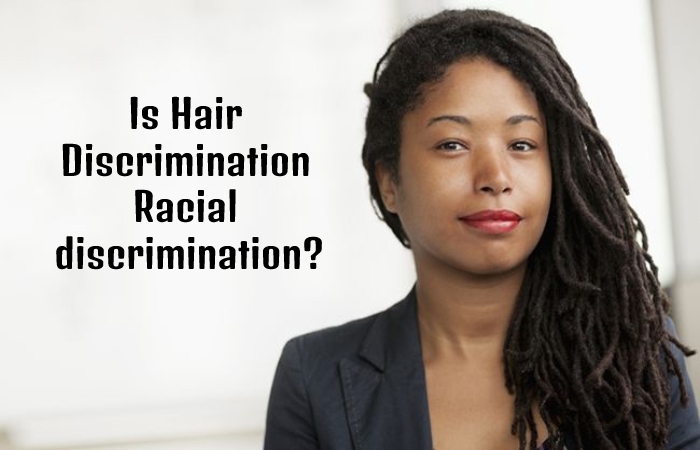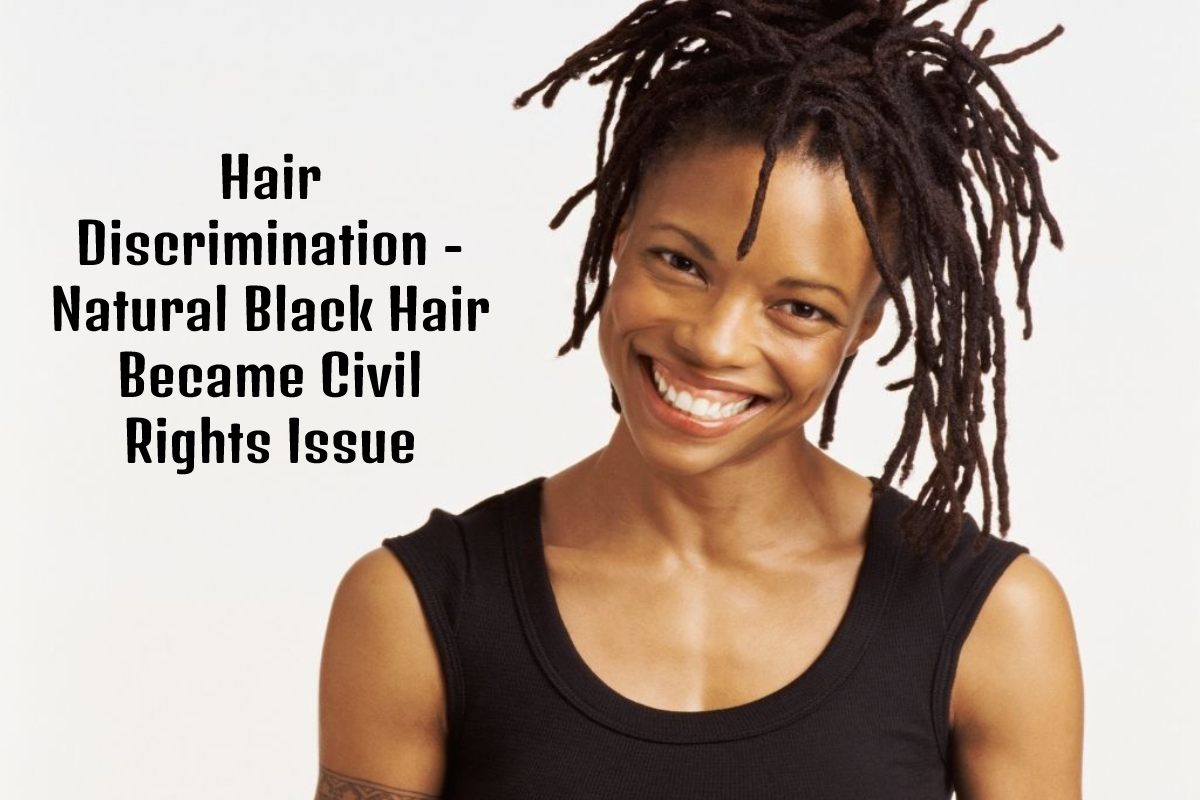Table of Contents
Hair discrimination
Hair discrimination based on hair starts at a young age, and discrimination against natural black hair can begin as young as five and continue throughout life. It’s time to make a change and boost girls’ self-esteem with curls, curls, waves, and protective hairstyles.
It may seem insignificant, but hair represents a particular pride in one’s roots, the ability to make decisions about one’s body, and is a symbol of a culture’s self-esteem. Did you know that many black people are still judged for their hair today, especially in the United States? People get turned away at school or work for a simple request. The grooming policy does not accept natural hairstyles, afros, Bantu knots, or curls. Banning people from wearing natural hairstyles is called hair discrimination, and some even call it racism.
Hair Discrimination in the Workplace in Numbers
Before we get sad to the nitty-gritty, let’s look at some numbers that will give you a general overview of the hair discrimination issue.
- Black women say they are 80% more likely to alter their natural hair to meet social expectations or workplace norms.
- 3% of women state that they are discrimination against because of their hairstyle.
- 5% of women were informed that their hairstyles were not professional.
- 3% say they feel pressured to change their hairstyle at work.
The Importance of Hairstyles
It’s just hair; why waste time arguing about it? Well, if it were just hair, no one would send anyone home to change their hairstyle.
A British Broadcasting Corporation (BBC) statement shows the importance of hairstyles in early African civilizations. Where “hairstyles might indicate a person’s family background, tribe, and social status.” The report adds that “almost everything about a person’s identity can be told by just looking at their hair.”
As shows why “it’s not just about the hair. There is always a story connect to the hair sprouting from our heads; it’s a journey full of ups and downs, hairpin turns, and obstacles.”
From the above, it can be decide that asking someone to get rid of a particular hairstyle is like asking that person to give up everything related to it, including their culture and worldview.
What is Capillary Discrimination in the Workplace?
Christine Emelone suggests that “understanding the concept of capillary discrimination can help you respect and value others and appreciate people for who they are.”
Let’s first look at the broader concept of discrimination to know the idea of hair discrimination. The American Psychological Association describes discrimination as “the unfair or disadvantageous treatment of individuals and groups based on race, gender, age, or sexual orientation.”
Emelone writes, “Using offensive language to describe someone’s afro or textured hair without consent can be classified as hair discrimination.” She adds, “At worst, children have faced disciplinary action at school, and professionals have lost their jobs because they styled their hair with natural curls, afros, and braids.”
Why should We Care about Hair Discrimination?
The international education and advocacy association Global Citizen. Which works to end extreme poverty, suggests that when people face discrimination based on their race. It becomes difficult to reach their full potential.
Is Hair Discrimination Racial discrimination?

Several efforts have been complete to answer this question. The NAACP Inc. Legal Defense and Educational Fund, which bills itself as “America’s premier legal organization fighting for racial justice.” Recognizes that hair discrimination is racial discrimination and writes: “Hair discrimination is root in systemic racism, and its purpose is to “place the white race.”
Global Citizen agrees hair discrimination is racist. The organization argues that racial injustice can manifest itself in many different ways. But hair discrimination against African Americans is often overlook.
A survey of 2,000 American women between the ages of 25 and 64 found results linking hair discrimination to racial discrimination.
The survey report states that when two images of the same hairstyle were shown to white and black women. The same hairstyle on a white woman received 25% more “professional readiness” than the same hairstyle on a white woman. Colored woman
Examples of Capillary Discrimination in the Workplace
It can be challenging to understand the concept for people who have never experienced hair discrimination or discrimination of any kind. If that’s you, don’t worry, we’ve put together a few examples to illustrate exactly what’s involve.
The New York Human Rights Commission Lists Some Examples of Hair Discrimination
- Hairstyle guidelines exclude braids, afros, Bantu knots, or fades commonly associated with black people.
- Grooming guidelines force employees to use methods such as chemicals and heat to alter the texture of their hair so they can meet an organization’s appearance standards.
- A grooming guideline prohibits hair from being more than a certain length from the scalp, thereby limiting afros.
Effects of Hair Discrimination
According to PBS News Hour host Yamiche Alcindor. Hair discrimination can make people “overtly concern about being judge if they have naturally curly hair.”
Hairstylist Thobe Mak, participating in the Alcindor show, tells the story of her client’s fears.
She says, “Often when we talk to our customers in the corporate environment, most conversations are like, ‘I’m in a mostly non-Black environment. So I can’t get in, it sounds like they don’t care about me.” Hair because there seems to be this assumption or bias that if you have natural hair. You don’t care about natural hair
Although excellent paces have been made in the United States to outlaw hair discrimination, several studies have found that it is still legal to discriminate against an individual base on hair.
An attempt to pass a law banning discrimination against natural hairstyles, introduced by House Democrats, failed in March 2022. That means legal remedies are only available to those living in states that have passed the CROWN Act. An initiative to outlaw discrimination in schools and the workplace. By the close of 2021, 14 states had approved the law.
Sometimes employers have a genuine interest in health and safety. In such cases, the New York City Commission on Human Rights advises employers to take other steps before prohibiting or restricting employees from wearing certain hairstyles.
Conclusion
Hair discrimination is entrench in systemic racism, and its purpose is to preserve white space. Policies banning natural hairstyles such as afros, braids, Bantu knots, and locks have been use to justify removing black children from classrooms and black adults from their workplaces. Without national legal protections from hair discrimination. Black people often risk consequences at school or in the workplace for their natural hair or invest time and money trying to live up to Eurocentric beauty standards and professionalism.
Nobody should be complain about for who they are. The criminalization of black hairstyles must end. Along with the CROWN Coalition. The LDF is fighting to end hair discrimination and push for the CROWN Act to become law in all 50 states.
Also Read: Le Prunier plum beauty oil – Plum Beauty Oil Art of Pure in 2022
Also Read: Improve Facial Health – Skincare Tips for Clear, Healthier Skin Fast

